The role of ball bearing lubrication and the method of oil lubrication
Ball bearings generally consist of rolling elements (balls), inner rings, outer rings, and cages. Ball bearings are a simple yet important part of running machinery. After the machine has been used for a period of time, poor lubrication of the ball bearings may cause the machine to malfunction.
The role of ball bearing lubrication
1. In order to ensure the safe and reliable operation of the bearing, reduce the metal contact between the contact parts of the bearing rings, rolling elements and cages, reduce friction and wear between the various components of the ball bearing, and make the mechanical equipment operate more smoothly.
2. During the operation of the bearing, with the continuous friction and wear, the bearing life will cause certain losses. During rotation, if the contact surface is well lubricated, the service life of the ball bearing can be extended. On the contrary, the life of the ball bearing will be shortened.
3. Ball bearings will generate heat through friction when running at high speed. If the heat is not dissipated in time, the stability of the bearing will be affected. Using circulating oil lubrication, the heat during operation can be discharged and cooled through the lubricating oil.
4. Ball bearing lubrication can also prevent corrosion of steel balls, channels, and cages, as well as the intrusion of garbage, foreign matter, and moisture.
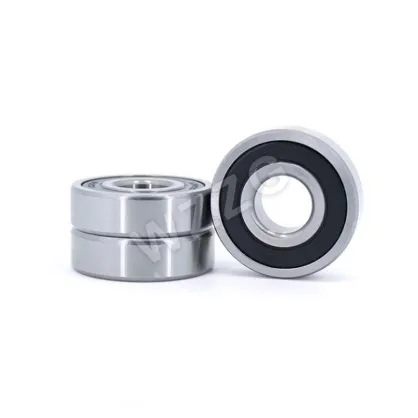
How to lubricate ball bearings with oil
In order to make the bearings work better, the ball bearing oil lubrication method should be considered according to the usage environment and usage occasions. The viscosity of the lubricating oil is critical to the formation of the lubricating oil film. In order to form a lubricating oil film of a certain thickness between the contact surface of the raceway and the rolling element, the viscosity of the lubricating oil should ensure that the minimum viscosity is maintained at the operating temperature. Therefore, when choosing lubrication, its oil viscosity should ensure that it can provide sufficient lubrication to the bearings at the operating temperature. Normally, when the bearing speed is high, the viscosity of the lubricating oil should be lower; when the bearing load is heavy, the lubricating oil with a higher viscosity should be used.
Additional reading:How to Maintain a Kubota Diesel Engine for Optimal Performance?
Conventional Plastic Molds for Prototyping: Accelerating Product Development
Are Galvanized Pipe Fittings Right for Retail?
Top Trends in Cast Aluminum Patio Furniture Design
What Factors Can Affect Spring Life?
What are the main applications of Belleville disc springs?
Benefits of Using a Pallet Inverter in Warehouses
Lubricating oil classification (according to the different lubrication system structures selected during oil lubrication)
1. Oil bath lubrication: Oil bath lubrication is a very widely used and very simple lubrication method, suitable for medium and low speed bearings. The lubricating oil is brought up by the rotating bearing components, lubricates the bearings, and then returns to the oil tank.
2. Oil dripping lubrication: Use the weight of lubricating oil to drip on the friction pair. Use a needle valve type oil filling cup in the oil supply position. This lubrication method is mostly used for the lubrication of friction pairs that are small in number and easy to access, such as machine tool guide rails, bearings, gears, chains, etc.
3. Circulating oil lubrication: suitable for high-speed bearing components. As the running speed of the bearing increases, the temperature rise of the bearing also increases accordingly, causing oil aging. This phenomenon can be effectively prevented by circulating oil lubrication. Send the oil pump to the bearing assembly, install an oil inlet at one end of the bearing, and install the oil outlet at the other end of the bearing. The lubricating oil after passing through the bearing can be recycled after being filtered and cooled. Because the lubricant can take away a certain amount of heat during circulation, it can ensure that the bearings are always kept at a low temperature.
4. Oil injection lubrication: When the bearing is running at low to medium load, the rolling elements and cage also rotate at a higher speed, thus forming an air vortex around the bearing. In order to ensure sufficient lubricating oil for high-speed bearings, one end of the bearing must be sprayed into the bearing through high-pressure injection to lubricate the bearing. After lubrication, the oil will flow back to the oil tank from the other end.
5. Oil and gas lubrication: When the bearing is working under high speed, high temperature and heavy load conditions, compressed air is mixed with a small amount of lubricant to form oil mist, which is sprayed into the running bearing. Compared with other lubrication methods, this method can keep the custom ball bearing operating temperature at the lowest and allow the rotation speed to reach the highest. It can not only cool the bearings with high-pressure airflow, but also effectively prevent the intrusion of impurities.
Oil Seals - Everything You Need to Know
Why is Desulphurization Pump the Unsung Hero of Clean Air?
A Quick Guide to Heavy-Duty Horizontal Slurry Pump
Frequently Asked Questions about Centrifugal Pumps
What are the different types of mini ball valves?
Difference Between Gate Valve and Globe Valve
What is block forging?
149
0
0
Related Articles


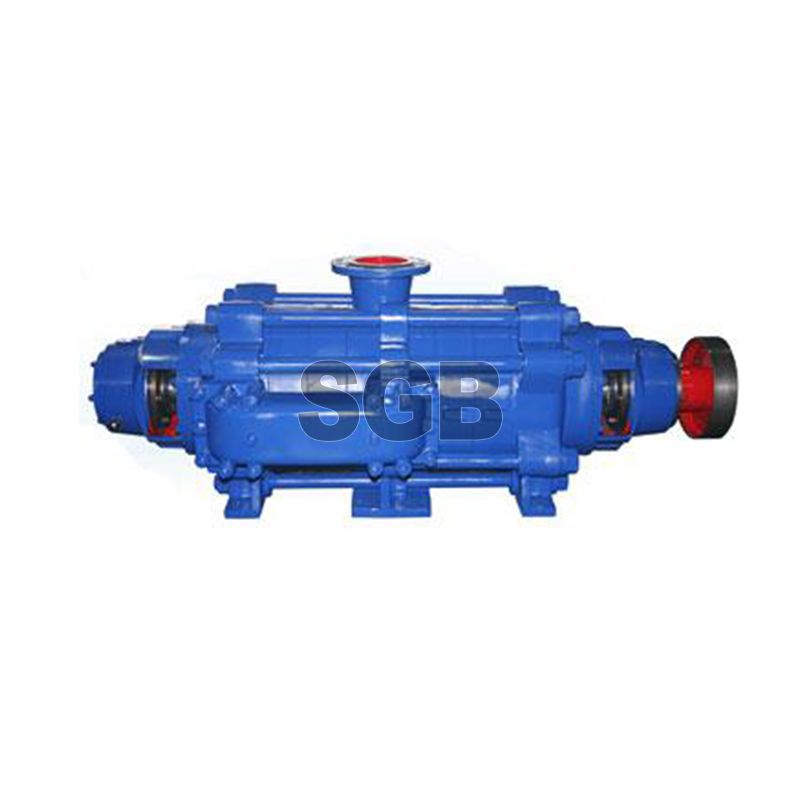
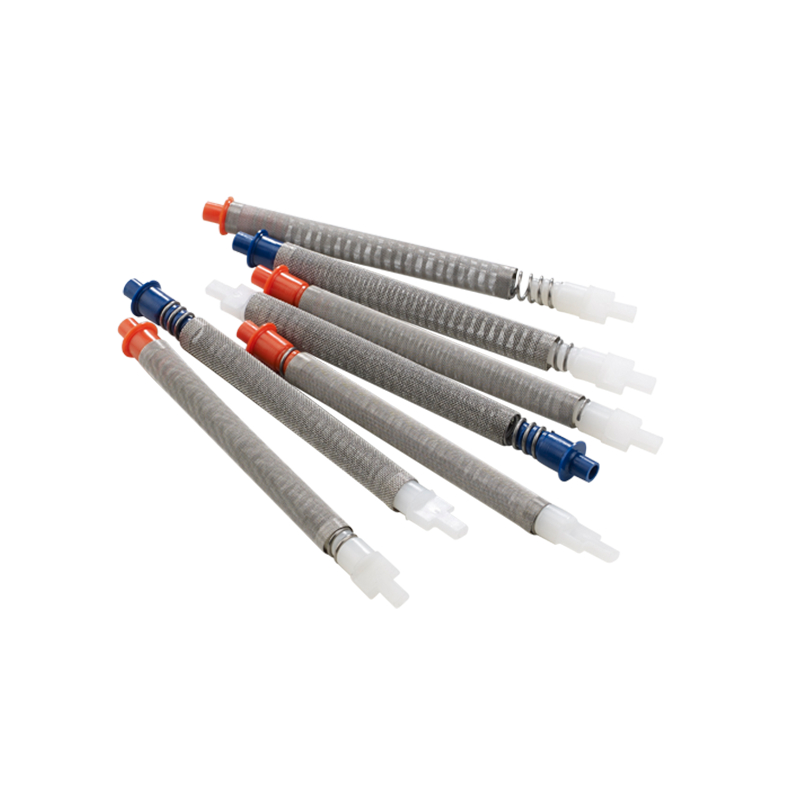
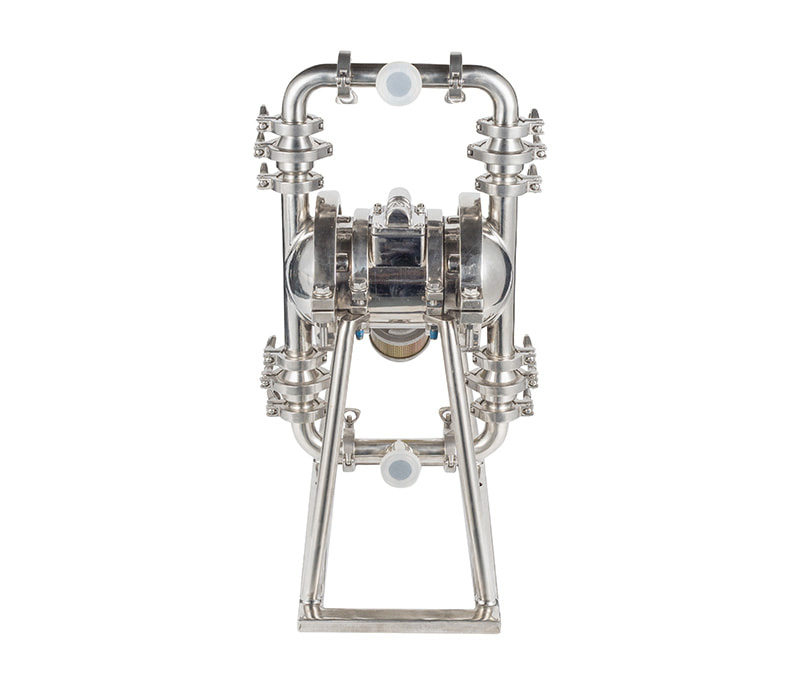

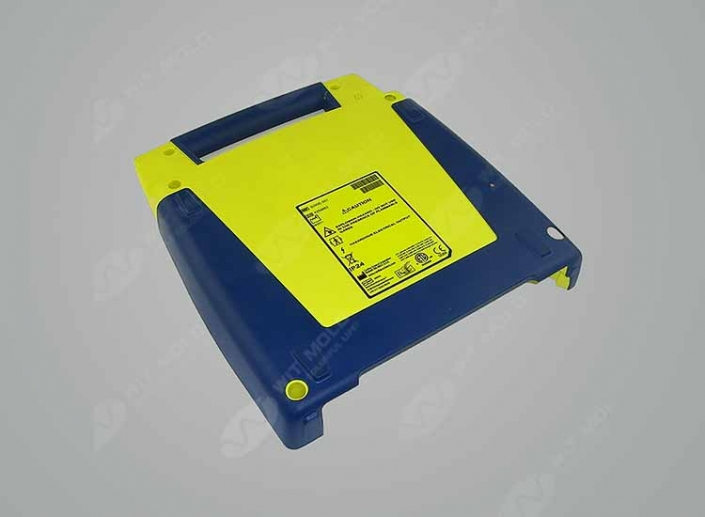

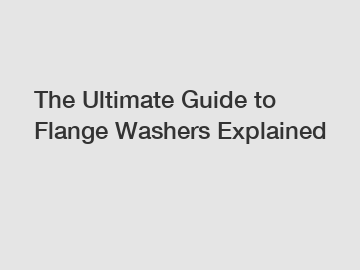
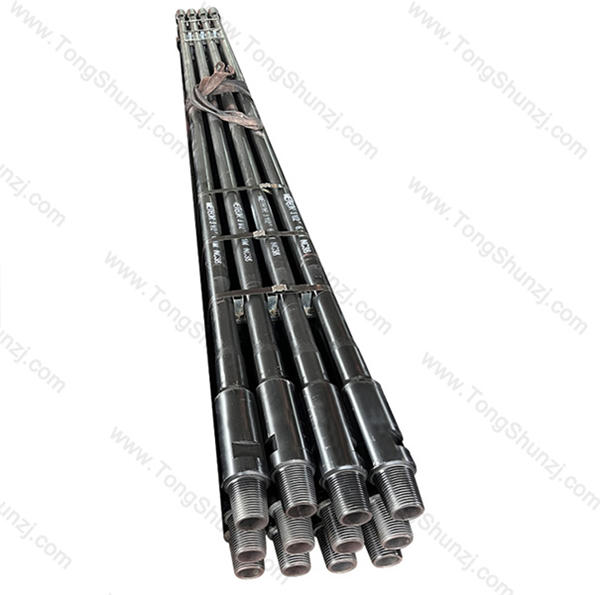
Comments
All Comments (0)